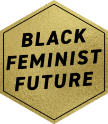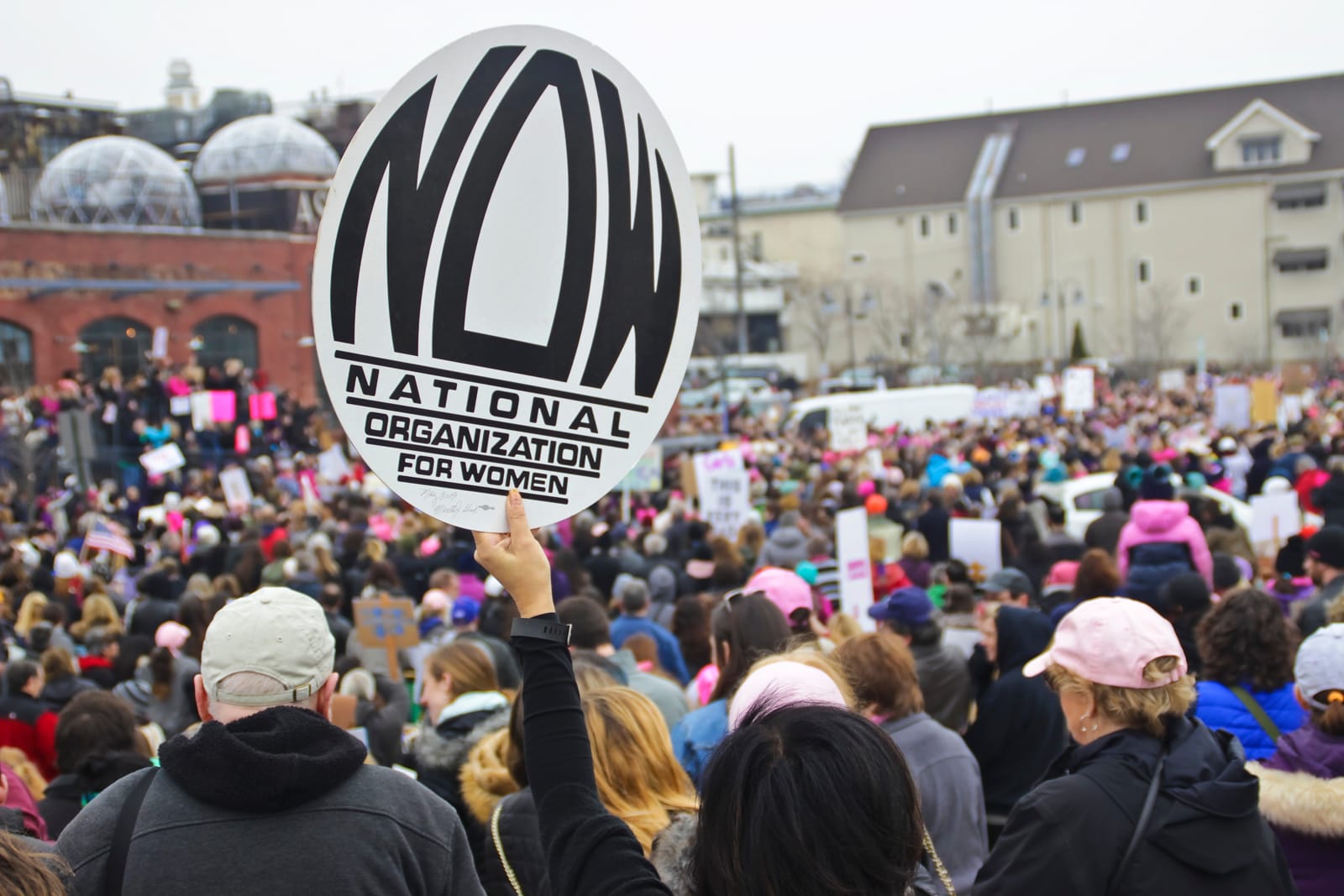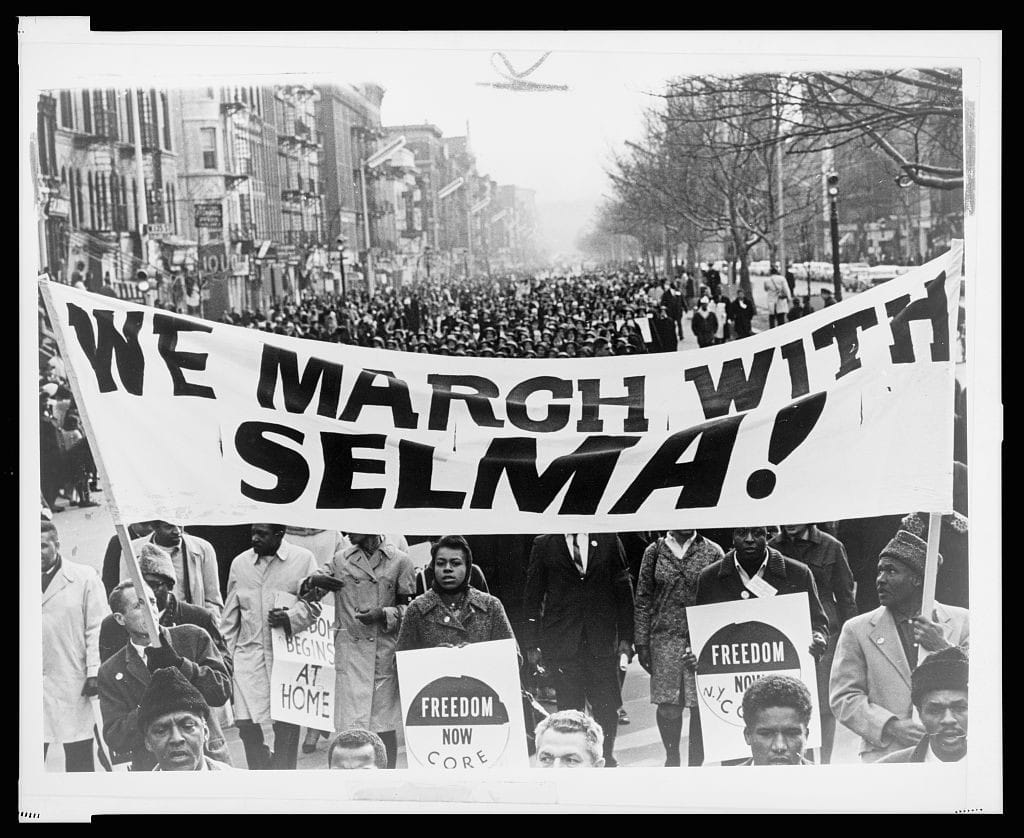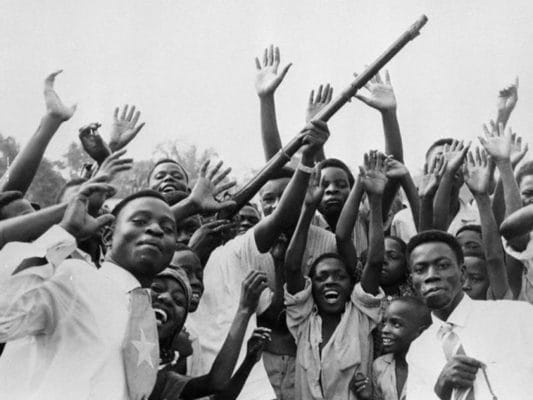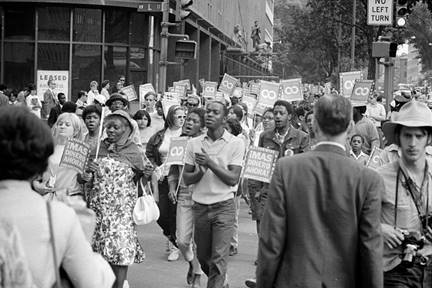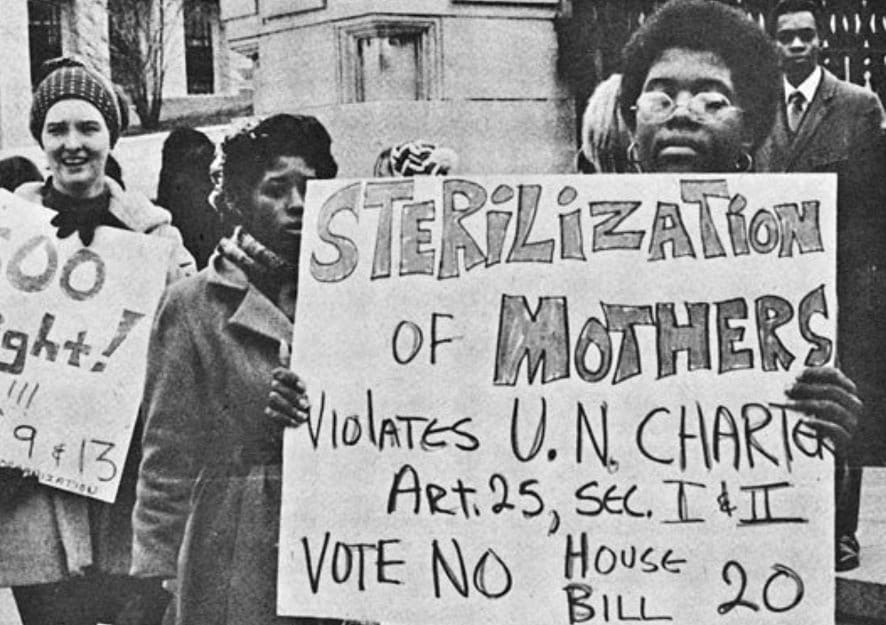In 1969, more than 400 hospital workers, mostly Black women, went on strike at Medical College Hospital (MCH) and Charleston County Hospital (CCH). They demanded that their employer recognize their union, increase their wages, rehire fired strikers, and create a meaningful grievance procedure. The strike, which lasted two months, resulted in the fulfillment of all their demands. Consequently, it marked a significant victory for Black working-class and poor women.
Category: Social Movement
Freedom Farm
In 1969, Fannie Lou Hamer secured 40 acres of land in the Mississippi Delta and created Freedom Farm. The goal of Freedom Farm was to address food insecurity and extreme poverty. Hamer started off the project by providing 50 pigs for communal use. Any family could look after a pig until it produced children, and then they would donate the litters to other families in need. It is said that by 1973, approximately 900 families benefited from this program alone.
National Organization for Women (NOW)
NOW was established on June 30, 1966, in Washington, D.C., by people attending the Third National Conference of the Commission on the Status of Women, including Pauli Murray and Shirley Chisholm. NOW employs a multi-issue and multi-strategy approach to women’s rights, and is the largest organization of feminist grassroots activists in the United States.
Black Power
The Black Power movement, which spanned the 1960s and 1970s, was a social and political movement centered on “racial pride, self-sufficiency, and equality for all people of Black and African descent.” In 1966, James Meredith, who was the first Black person to attend the University of Mississippi, was shot as he marched from Memphis, Tennessee, to Jackson, Mississippi, to promote voter registration and protest discrimination. Civil-rights leaders including Martin Luther King, Jr., Stokely Carmichael, and Floyd McKissick agreed to continue the “March Against Fear” in his name. At a rally on June 16, Carmichael led chants that included the phrase “Black power,” thus formally sparking the beginning of the movement.
Voting Rights
On March 7, 1965, later known as Bloody Sunday, peaceful protesters marching in Selma, Alabama, were brutally assaulted by state troopers. The incident spread across the news and prompted the passing of the 1965 Voting Rights Act, which suspended literacy tests and poll taxes, and “permitted the Justice Department to dispatch federal examiners into regions where voter registration lagged,” according to the U.S. House of Representatives’ History, Art & Archives.
Pan-Africanism
Pan-Africanism began as an anti-colonialism and anti-slavery movement that unified Black people in Africa and throughout the diaspora. While its origins can be traced back to enslaved people during the late 19th century, the movement gained momentum in the 1960s as African countries gained their independence and Black people in the U.S. continued to fight for civil rights. Some of the prominent leaders of Pan-Africanism in the 20th century include W. E. B. Du Bois, Kwame Nkrumah, and Patrice Lumumba.
African Independence Movement
The African independence movement was the effort to decolonize and liberate African countries that were being ruled by European states. While the movement spanned a century, 17 African countries gained independence in 1960 alone.
Welfare Rights
In the early 1960s, welfare-rights activists began to organize against the politically motivated attacks on Black welfare recipients. Despite the fact that more white people were on welfare than Black people, Black single mothers were portrayed as “welfare queens” and as leeching off of the system. In 1966, the National Welfare Rights Organization (NWRO) was founded to fight for welfare rights and to challenge the negative portrayals of poor people.
Anti-Sterilization
Throughout U.S. history, eugenics has been used as an argument to justify the forced sterilization of “undesirable” populations. These populations include Black and brown people, immigrants, people experiencing incarceration, LGBTQ+ people, poor people, unmarried mothers, disabled people, and people with mental illnesses. For example, approximately 20,000 people in state institutions were forcefully sterilized in California between 1920 and 1950. During the 1960s, the opposition to these atrocities gained momentum as anti-sterilization efforts intersected with the civil-rights movement, the LGBTQ+ rights movement, the anti-psychiatry movement, the disability movement, and the Chicano movement.
Contraceptive Access
In 1960, the Food and Drug Administration approved the birth control pill. However, it was not until 1965 in Griswold v. Connecticut that the Supreme Court ruled that married couples were authorized to use the birth-control pill. Additionally, it took a further seven years in Eisenstadt v. Baird for the Supreme Court to rule that unmarried couples can use the birth-control pill, too. In 1974, most states passed laws that allowed girls aged 17–18 to obtain birth control without parental consent. Each of these landmark victories are a testament to the power of feminist organizing.
